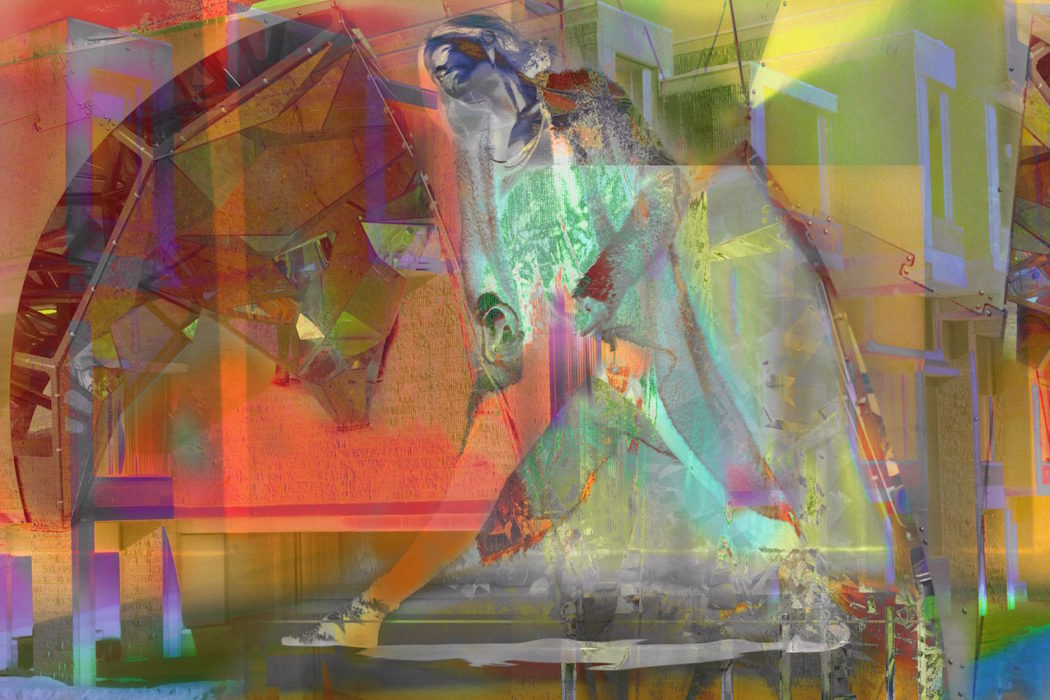Link to my Book: Baptism
The exam brief was to create photos around the words Freedom and Limitations. I made a book with the name Baptism. The reason for this is because when a person is baptized it is a symbolic representation of what God has done in their life. In this we believe God has washed away the old life and this person has started a new life with god. ‘Old’ and ‘New’ are keys words in the context of my book. By using software I was able to change the original colors and intensify them. Giving these photos New Life with New Colors.
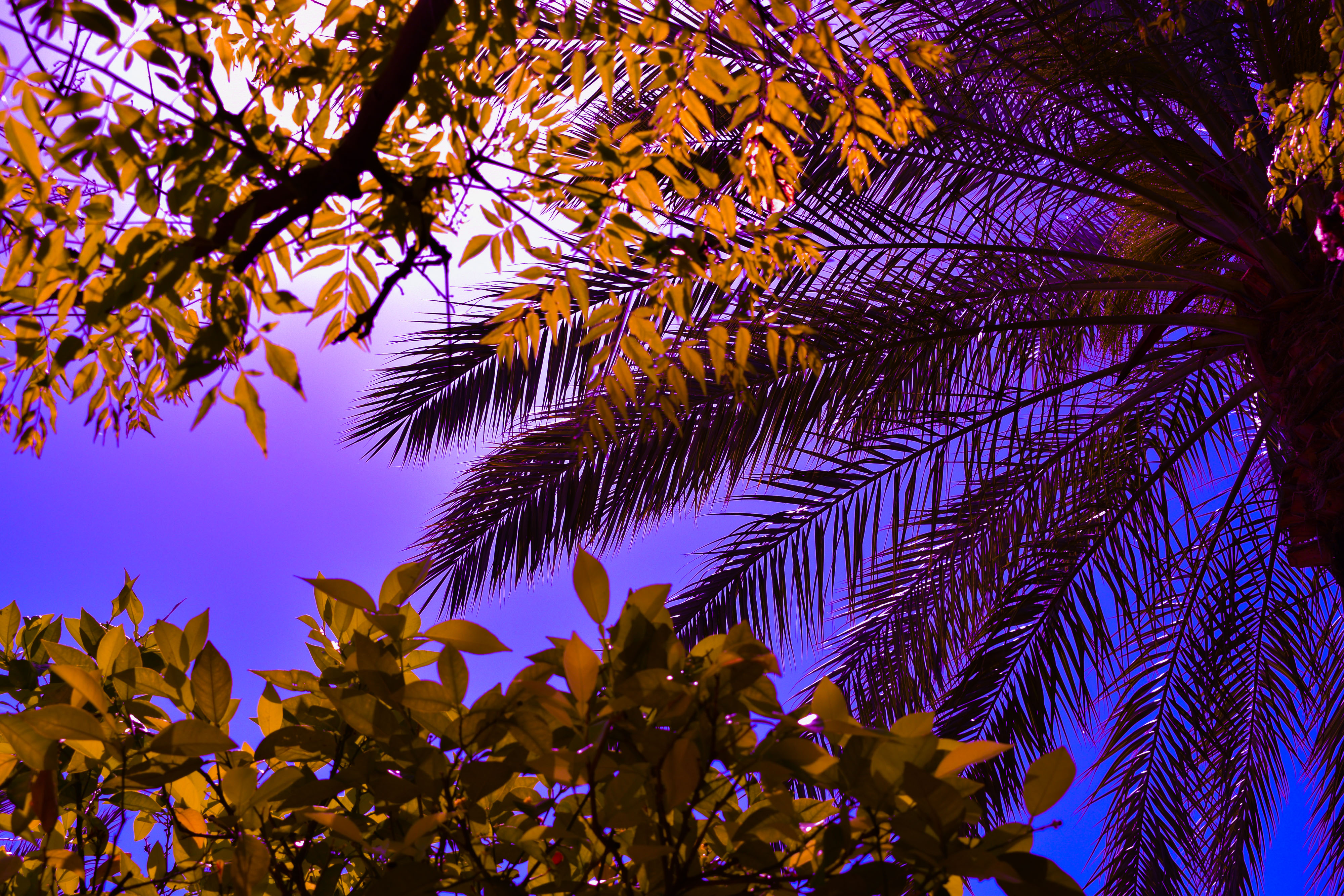
Previously I have been studying the spiritual link between color and the soul. I read the book ‘Concerning the Spiritual in Art’ by Wassily Kandinsky, in this he writes about how certain colors can effect human emotions differently. I wanted this to be the case with my book. Baptism is a very spiritual thing and I found calling my book that linked everything together nicely. When a person is baptized the person has the Freedom to start over to begin a new life. Before these photos were Limited by the colors that they were captured in. But I have given these photos the Freedom to change, to be something new, with new colors that effect the soul differently to when the photos were initially taken.
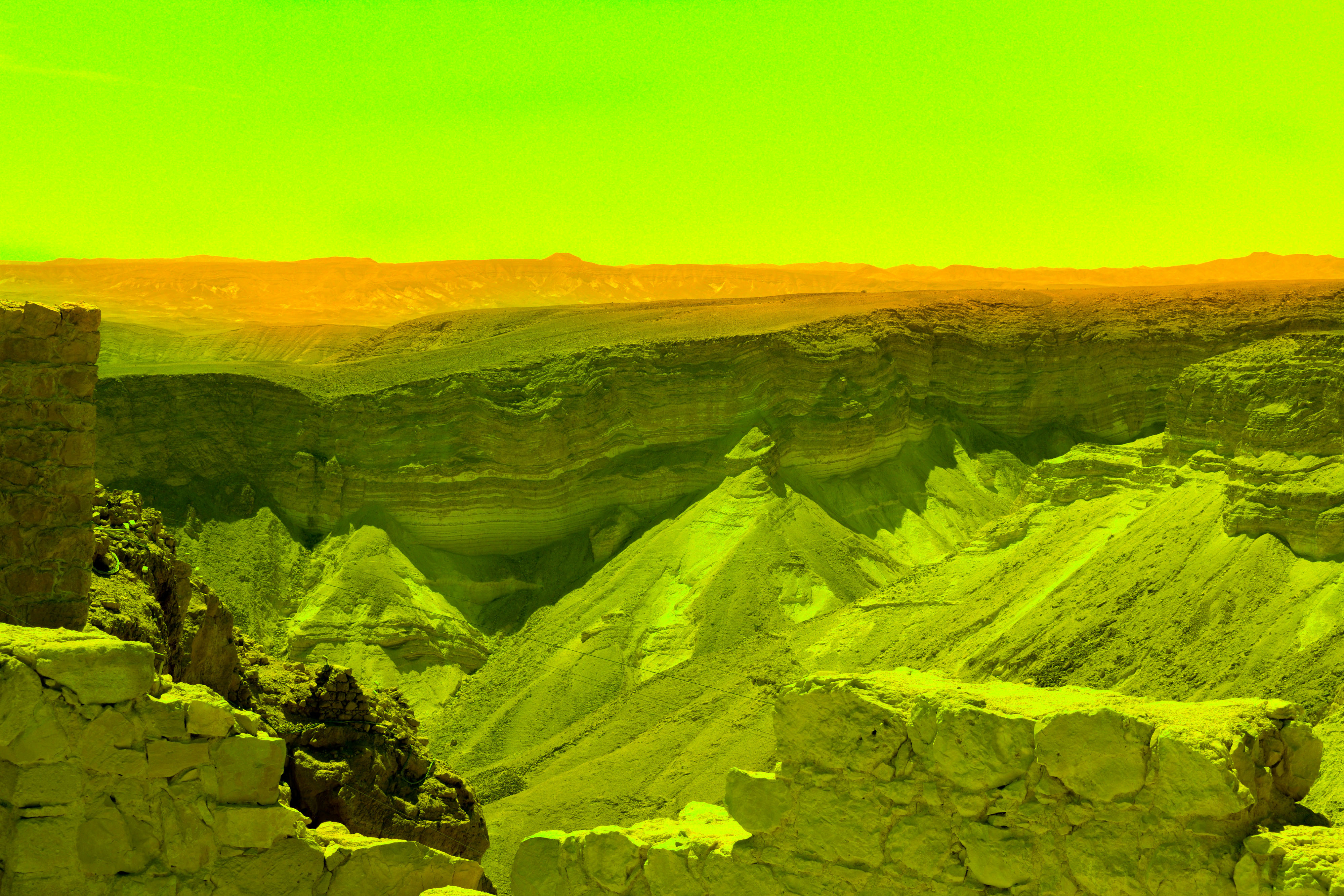
I personally have had the Freedom to work with different colors and saturation levels than I would when using the photos the way they were taken. Being able to experiment and dramatically change these photos has very Freeing. Personally I think I have met the brief as I have felt Freedom making these photos and have showed how Limitations have been broken, Freeing these photos.
James Welling has the freedom to explore using different techniques and mediums. He has used color filters. overlay techniques and many others that create these beautiful abstract photos. One of the works of James Welling that inspired me the most is the one you can see below this. This is one of the photos from the Glass house project. In these photos colors have been split and changed. In this photo only the sky has changed to orange and the snow has stayed white. However, other photos there are often two of more colors. Like red and yellow and in some cases Welling used a diffraction filter that split the light into the spectrum. Throughout my work I have used digital filters. I have changed the hue, white balance and have used the Split Toning tool. All these to heighten these colors and make them pop out. I I often used the brush tool is I wanted to give something else a different color. Welling has been one of the largest inspirations in the project.
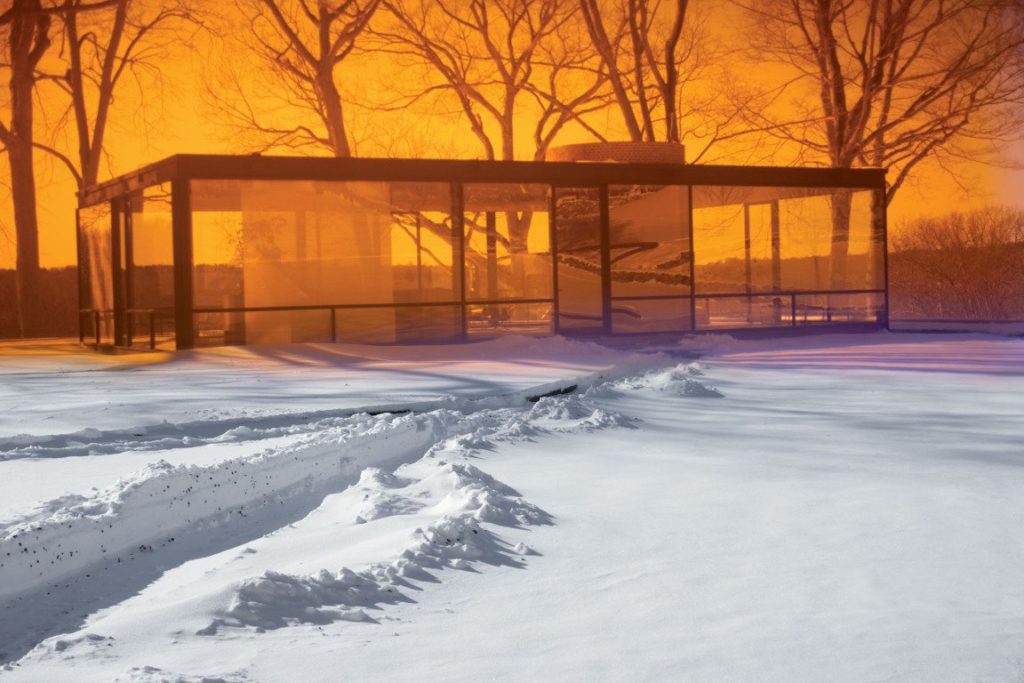
Another inspiration of mine when decided how to take photos was Jessica Backhaus. It was her Symphony of Shadows (as seen above) that caught my attention as it was full of color, so simplistic yet so fascinating. This inspired me to take more simple photos. Instead of a wall I often used the sky as a backdrop but changed the colors in Lightroom, giving the freedom to make these different abstract and simplistic photos. Backhaus’ composition of these shadows and shapes on the wall is very cleverly done to make the photo much more interesting. It makes you look at something you wouldn’t think twice about looking at in normal day life. That’s what I wanted to do, I wanted to bring new life to these mundane objects. The photo below is one of my own and inspired by Backhaus’ work. I have used the sky as a backdrop, it’s so simplistic yet so effective.
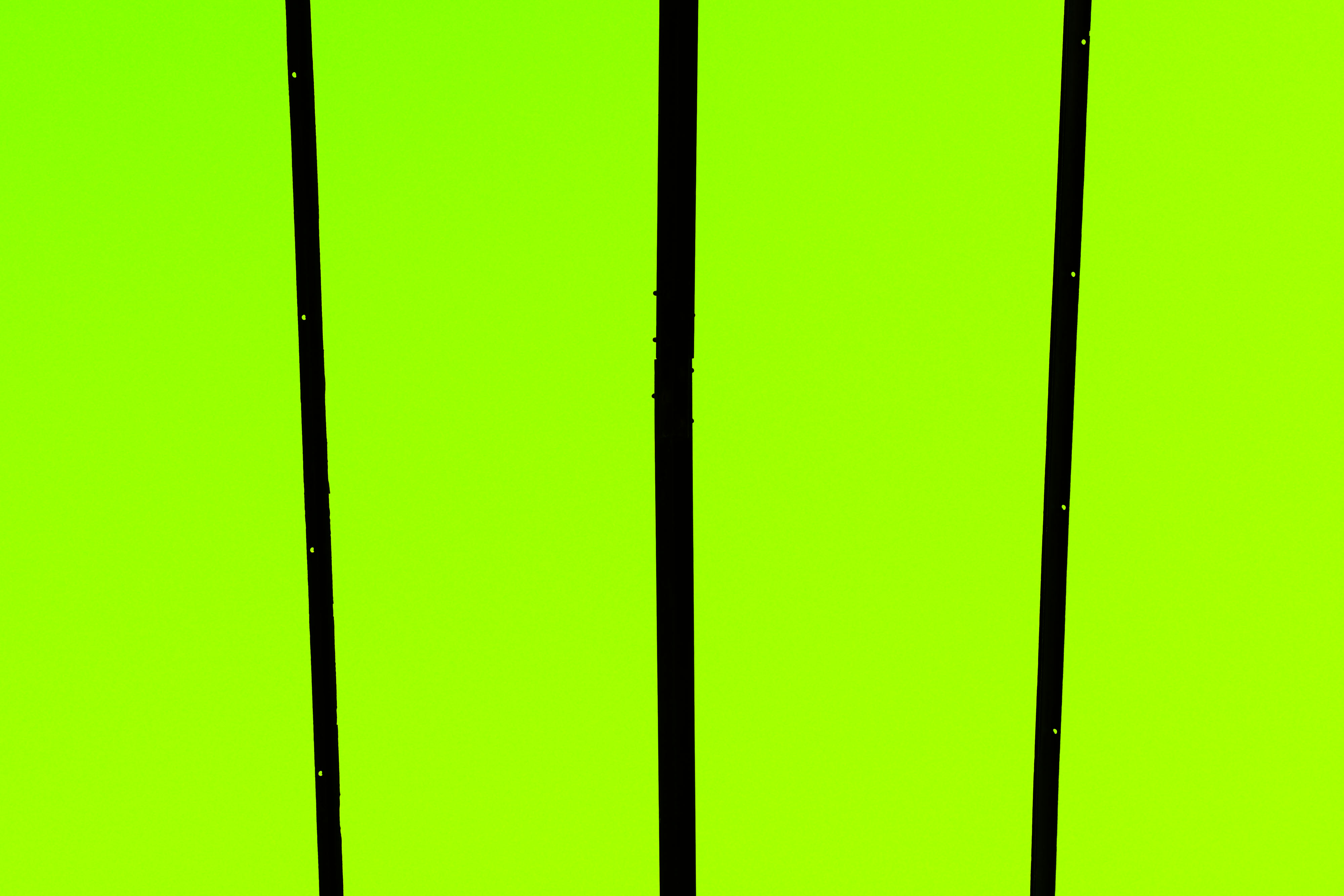
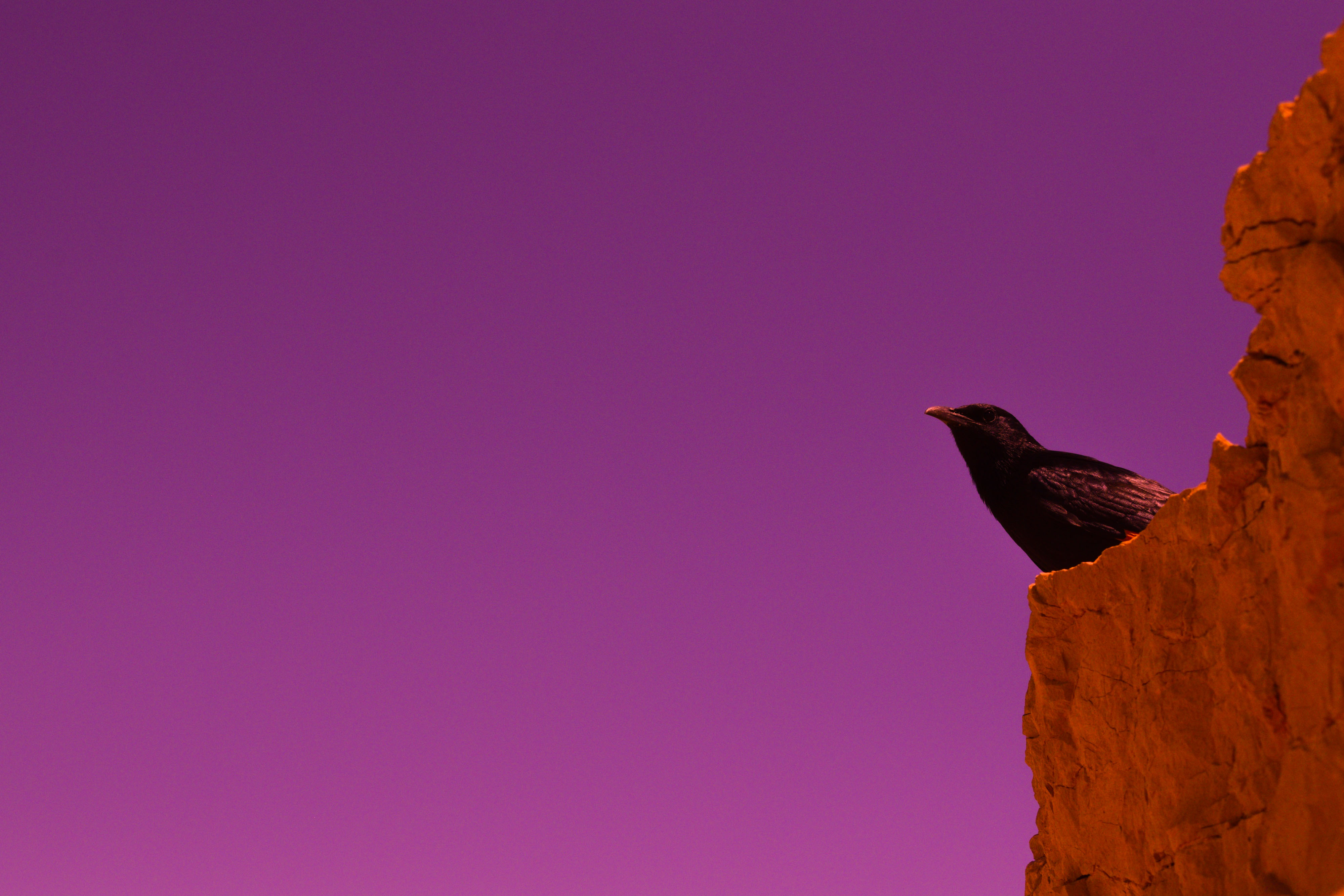
This is my favorite photo of mine from this project. It was captured in the moment. I saw the bird sitting there and it stayed there long enough for me to frame up and take the photo before flying away. I also like the colors in the photo. The wide open space of just purple, with a bird almost like a silhouette to right of the photo on top of this deep orange rock. I like this photo because it links well to narrative. I wanted the photos to have a spiritually feeling to them which often people feel when looking a nature. This photo shows nature and the colors work together very well. People often see nature a freeing as it does not answer to anybody it just happens. Also people often relate birds to freedom as they are able to fly where ever they want. The phrase that comes to mind is “Free as a Bird” again showing another form of spiritual freedom. I think I like this image so much because it was such a tense photo to take, any quick movement would have startled the bird and it would have flown away. But I took my time and got the shot I was looking for.
This project was very enjoyable. The project was about freedom and I really felt like I had that when creating these photos. To explore color and discover it’s link between human emotion was very interesting. Showing how color can change a photo completely. The time given gave me time to make mistakes and create photos I really liked. I was challenged to make photos that were interesting, full of color and had a spiritual connection.

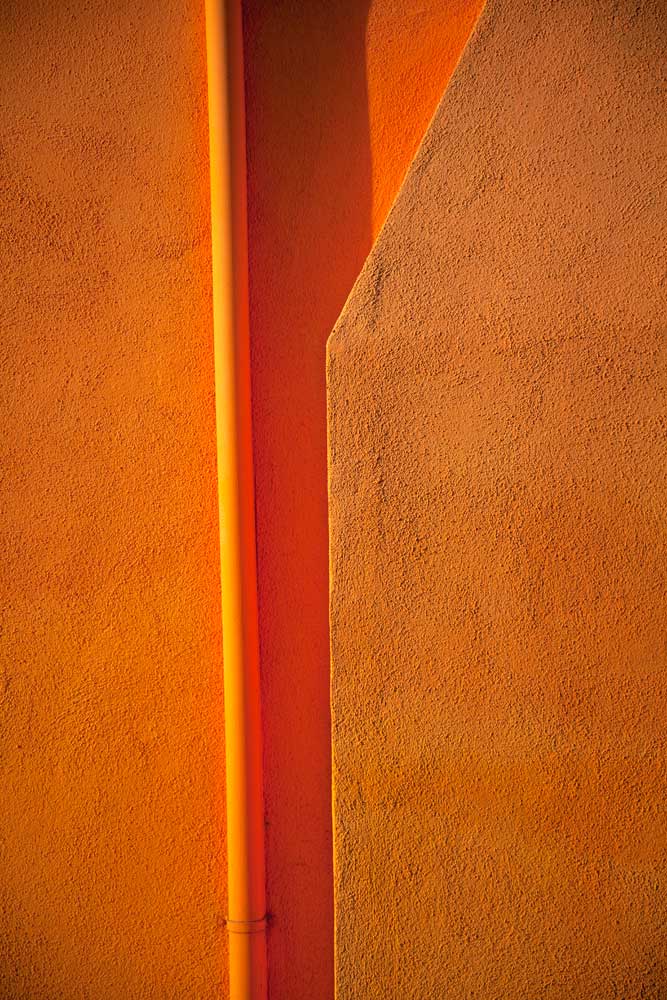

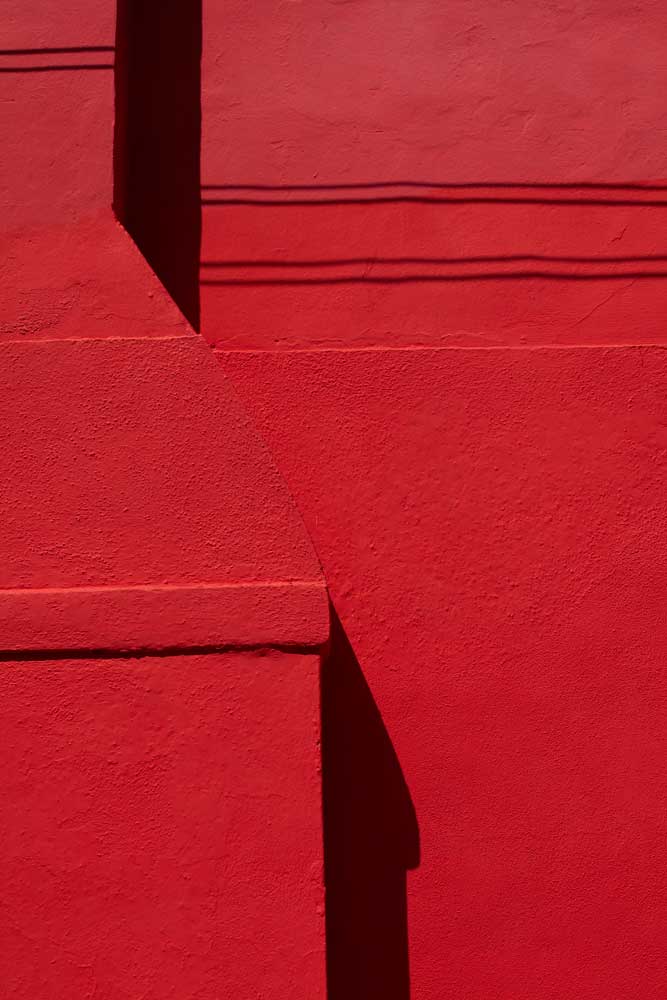
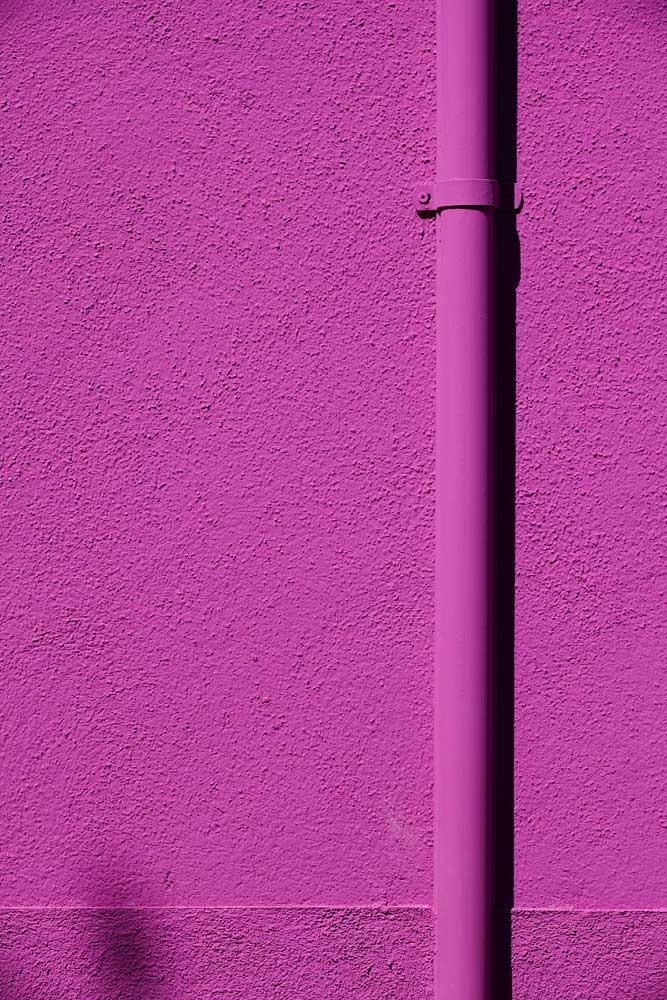


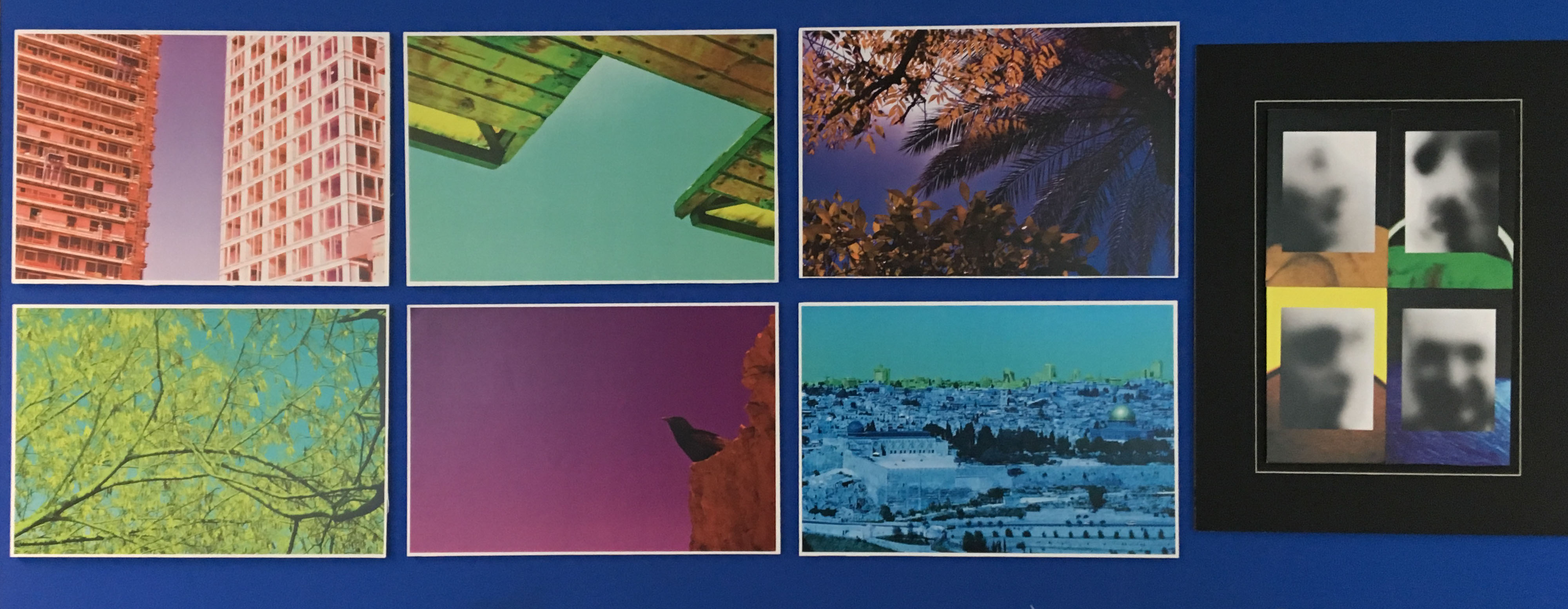 I have laid out my photos in such a way that shows off each photo individually. I stuck each landscape photo on some foam board and stuck each one to the wall individually. I then grouped my close up portraits together with my ghostly like photos that I took in the early stages of this project.
I have laid out my photos in such a way that shows off each photo individually. I stuck each landscape photo on some foam board and stuck each one to the wall individually. I then grouped my close up portraits together with my ghostly like photos that I took in the early stages of this project.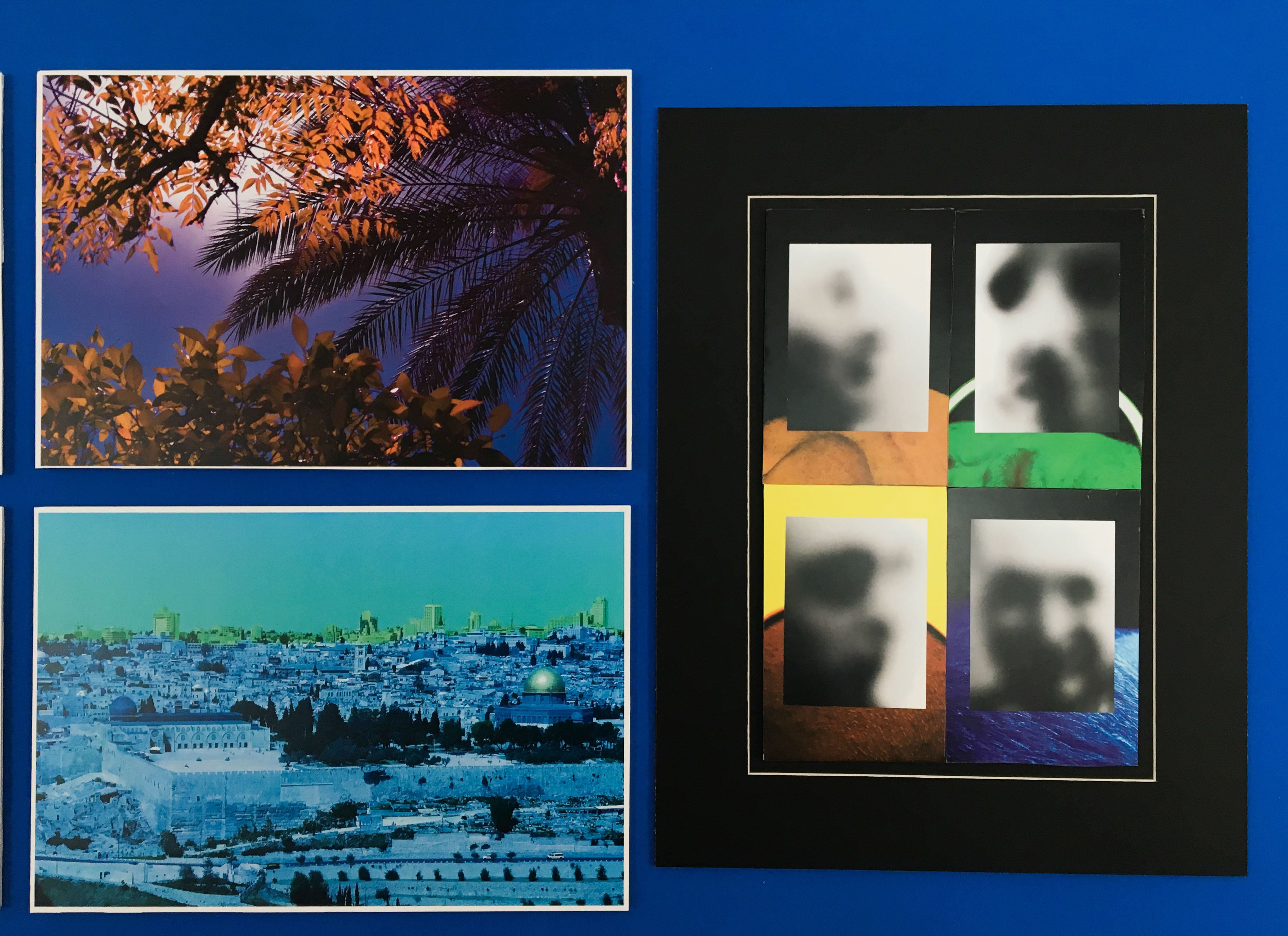 I placed these photos on top and used the close up portraits as backgrounds. I did this as you will be able to see the uncovered versions in the book. I liked this because it gave me an idea and a meaning. The way the photos have been laid out show how humanity often ruins photos, builds on top of landscapes and ruin the identity of a place or a person. I made a window mount and placed this inside as well as foam board and it made it stand out better.
I placed these photos on top and used the close up portraits as backgrounds. I did this as you will be able to see the uncovered versions in the book. I liked this because it gave me an idea and a meaning. The way the photos have been laid out show how humanity often ruins photos, builds on top of landscapes and ruin the identity of a place or a person. I made a window mount and placed this inside as well as foam board and it made it stand out better.












 This photo is from the book “Best Before End”. In this book Gill develops his photos in energy drinks. His aim was to show how bad these drinks are and how they contain so many chemicals that they actually destroy images. Stephen Gill does this in such a creative way that the destruction of these images is almost beautiful, giving these photos a new refreshing pattern.
This photo is from the book “Best Before End”. In this book Gill develops his photos in energy drinks. His aim was to show how bad these drinks are and how they contain so many chemicals that they actually destroy images. Stephen Gill does this in such a creative way that the destruction of these images is almost beautiful, giving these photos a new refreshing pattern.

